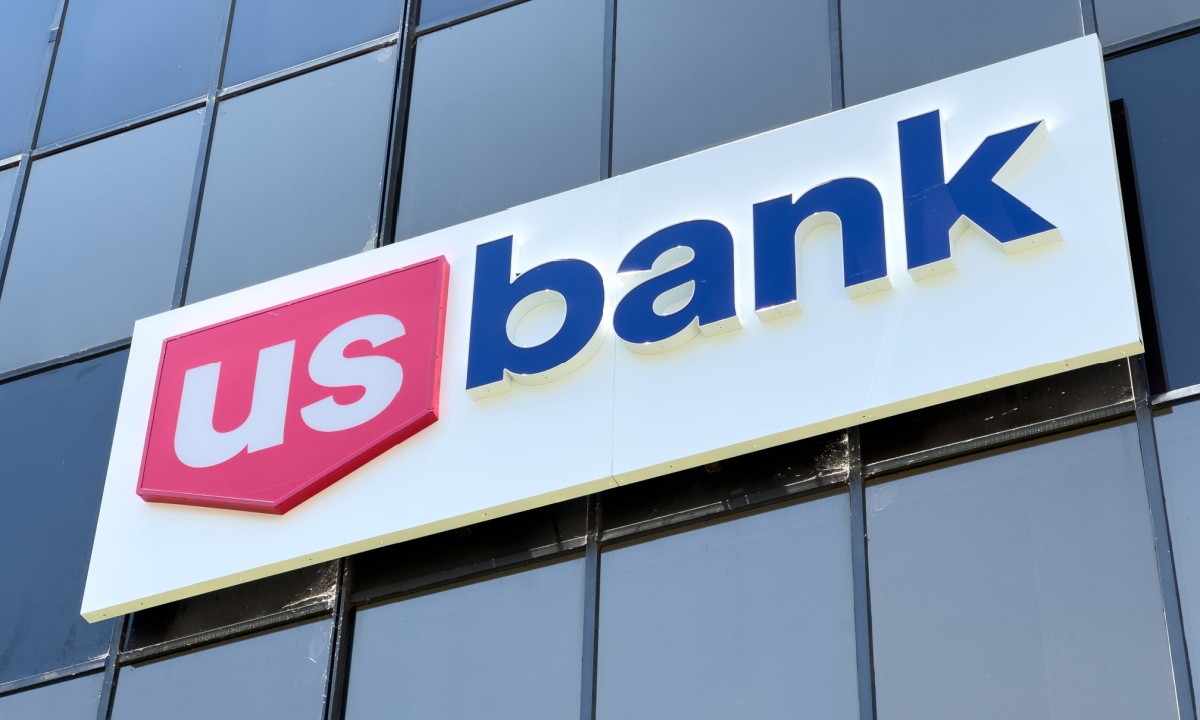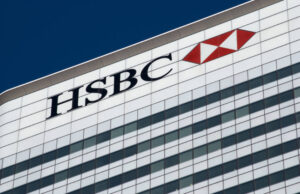U.S. Bank Expands Embedded Finance Strategy with Blockchain Innovation

U.S. Bancorp’s Strategic Shift: Embracing Embedded Payments and Advanced Technologies
Financial Performance Overview
On July 17, 2025, during its second-quarter earnings call, U.S. Bancorp, the fifth-largest commercial bank in the U.S., highlighted its commitment to enhancing embedded payments, blockchain technology, and AI-driven infrastructure. The financial institution, based in Minneapolis, reported a year-over-year net income increase of 13.2%, reaching $1.8 billion, with diluted earnings per share rising from $0.97 to $1.11. Additionally, fee income saw a 4.6% growth, bolstered by robust performance in payments and investment services, while return on tangible common equity reached an impressive 18%.
Gunjan Kedia, the bank’s president and CEO, noted that the growth in fees was primarily driven by revenue from payment services, trust and investment management fees, and treasury management fees, all benefiting from enhanced interconnectedness across the organization and self-funded investments aimed at organic growth.
However, the market response was lukewarm, with revenue and net interest income falling short of expectations. Kedia indicated a cautious outlook for the third quarter, citing macroeconomic challenges and increased competition for deposits. Following the earnings report, the bank’s shares experienced a decline as analysts focused on areas that were not expanding quickly enough.
Payments as a Growth Catalyst
Central to U.S. Bancorp’s strategy to redefine itself as a foundational bank for the digital economy is Elavon, its merchant services subsidiary. In June, Elavon advanced two positions in the Nilson Report rankings, now standing as the fifth-largest merchant acquirer in the U.S., processing over $576 billion annually. Notably, it has become the second-largest bank-owned processor for Visa and Mastercard payments, showcasing U.S. Bancorp’s deep integration into the payment infrastructure of contemporary commerce.
Kedia emphasized that payments have evolved beyond a mere product to a comprehensive platform. The bank is successfully integrating its treasury, card, and acquiring capabilities into a unified digital framework for businesses. This platform-centric approach is exemplified by Elavon’s newly launched embedded payment suite, designed for seamless integration into enterprise software, eCommerce systems, and FinTech applications. This suite enables developers to incorporate secure and scalable transaction capabilities into various applications, spanning retail, healthcare, hospitality, and more.
This strategic pivot represents a significant transition from being a back-end processor to a front-end facilitator of commerce. While competitors like Stripe and Square often capture media attention, U.S. Bancorp’s bank-backed advantages allow it to provide a more cohesive suite of financial services, encompassing underwriting, settlement, and compliance.
Modernizing the Technological Framework
A crucial element driving these initiatives is the modernization of U.S. Bancorp’s technological infrastructure. The bank reported a 4.9% increase in technology and communications expenses year-over-year, totaling $534 million. While this rise in costs may concern some investors, it reflects a strategic investment in building a tech stack capable of supporting AI-driven insights, real-time payments, and embedded finance.
This modernization is evident in U.S. Bancorp’s efforts to consolidate its card issuance platform with Fiserv’s Credit Choice, an integrated solution for consumer and small business credit cards. Once completed, this will enable partner banks to offer digital-first credit cards that customers can manage alongside their debit cards within a unified interface. Such user experience design is increasingly essential in a landscape shaped by FinTech-native expectations.
Internally, U.S. Bancorp is also concentrating on enhancing automation, data architecture, and cybersecurity measures—foundational elements that are critical for scaling digital products securely and effectively.
In essence, the bank is crafting a model for a financial institution that not only digitizes banking but also integrates banking into various aspects of daily life. This represents a profound shift from merely providing products to offering platforms and transitioning from being a service provider to becoming an infrastructure partner.
This approach is particularly relevant in an economy where finance is increasingly API-driven, modular, and integrated into software-as-a-service (SaaS), marketplaces, and mobile ecosystems. U.S. Bancorp is positioning itself to thrive in a future where banking is not confined to branches or balance sheets but is embedded within the software of everyday applications.







